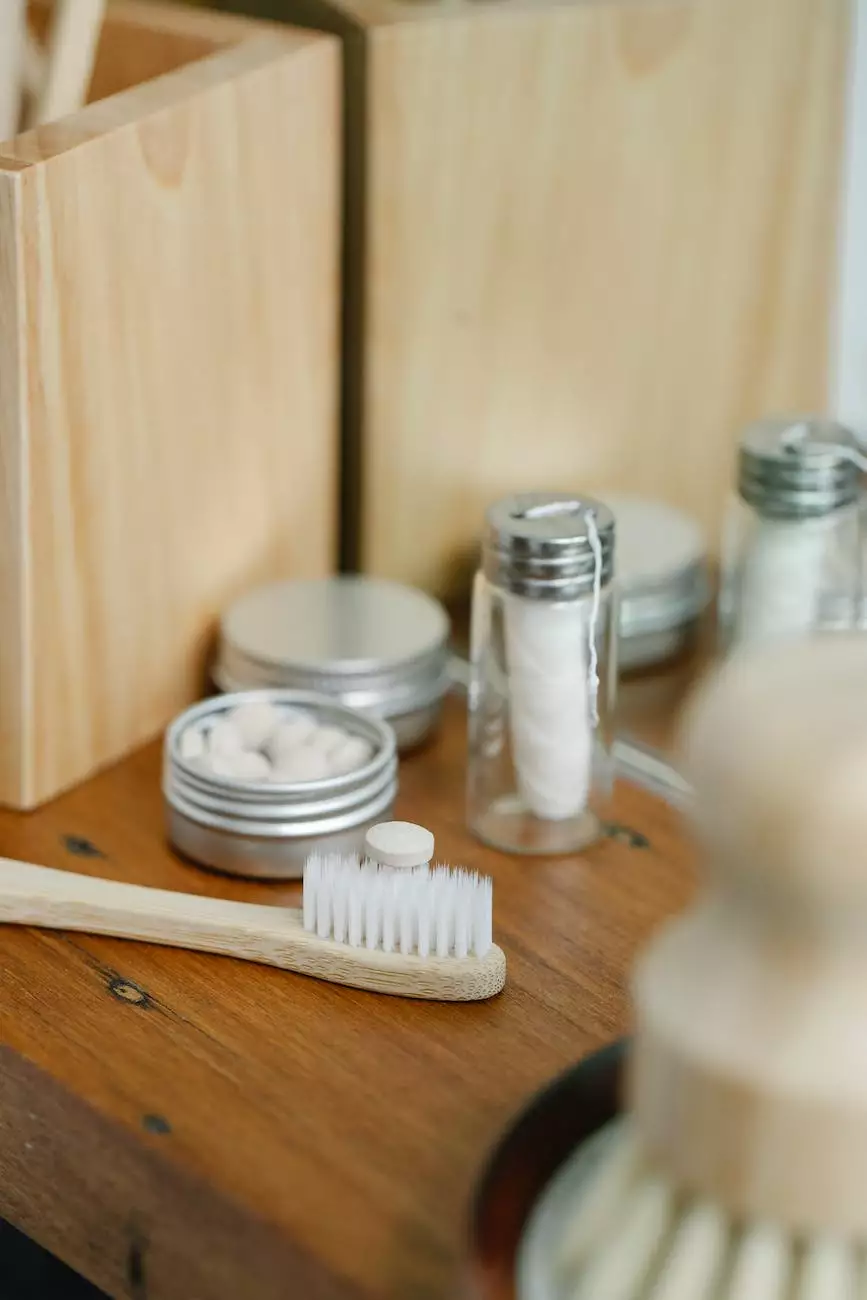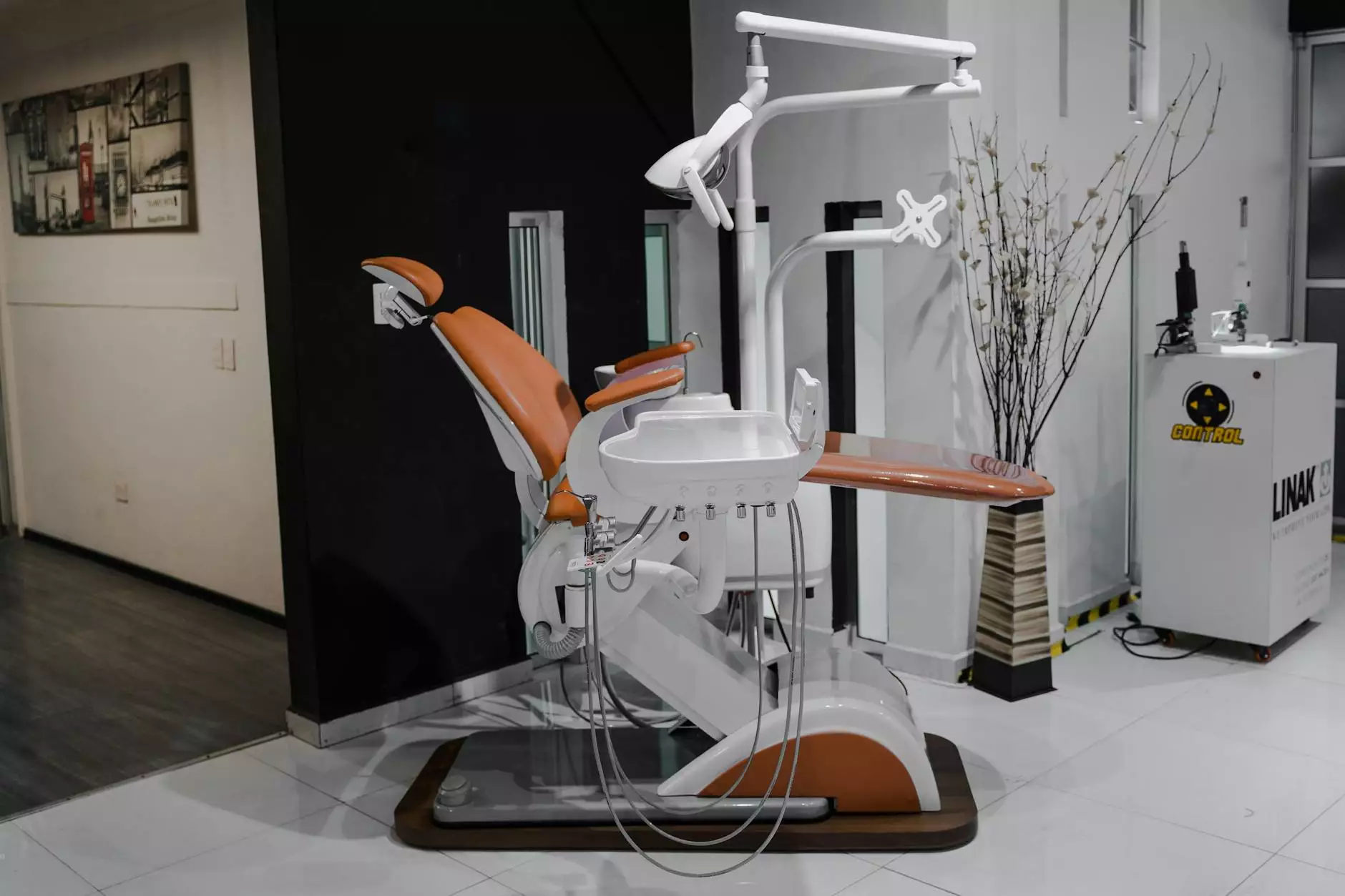Should I Brush Before I Floss?
Oral Hygiene
The Importance of Oral Hygiene
Oral hygiene plays a crucial role in maintaining good overall health. Regular brushing and flossing can help prevent various dental issues such as cavities, gum diseases, and bad breath. However, there is a common question that often arises: should I brush before I floss or vice versa?
The Order of Brushing and Flossing
Both brushing and flossing are essential for maintaining optimal oral health. The order in which you perform these two tasks can make a difference in their effectiveness, but ultimately it depends on your personal preference and technique.
1. Brushing Before Flossing
The traditional approach recommended by most dental professionals is to brush your teeth before flossing. Brushing helps remove plaque, food particles, and bacteria from the surfaces of your teeth. It also helps to spread fluoride toothpaste across your entire mouth, strengthening your tooth enamel.
By brushing before flossing, you loosen debris and plaque from areas that are easier to access, allowing the floss to reach deeper between your teeth and along the gumline. This can help dislodge any remaining particles and further reduce the risk of dental issues.
2. Flossing Before Brushing
On the other hand, flossing before brushing can also be an effective approach. When you floss first, you remove the plaque and food particles from between your teeth and along the gumline, making brushing more efficient.
Flossing helps reach areas that your toothbrush may not be able to access, such as tight spaces between teeth. By dislodging debris from these areas, you ensure that your toothbrush can effectively remove it during brushing. This order may also be beneficial for those who have braces or other orthodontic appliances.
3. No Specific Order
Some dental professionals argue that the order of brushing and flossing doesn't matter as long as you are thorough in both practices. They emphasize that consistency and technique are more important than the sequence. As long as you brush for at least two minutes, floss once a day, and use proper technique, you are on the right track for maintaining good oral health.
Tips for Effective Brushing and Flossing
a. Brushing Tips
- Use a soft-bristle toothbrush that fits comfortably in your mouth.
- Hold your toothbrush at a 45-degree angle to your gums.
- Brush in gentle, circular motions to clean all tooth surfaces.
- Don't forget to brush your tongue to remove bacteria and freshen your breath.
- Replace your toothbrush every three to four months or sooner if the bristles become frayed.
- Choose a toothpaste with fluoride to strengthen your tooth enamel.
b. Flossing Tips
- Use a proper flossing technique: gently slide the floss between your teeth and curve it around the base of each tooth.
- Be sure to floss both sides of each tooth, including below the gumline.
- Use a clean section of floss for each tooth.
- If traditional flossing is challenging, consider alternative options such as interdental brushes, water flossers, or floss picks.
- Ask your dentist or dental hygienist to demonstrate the proper flossing technique during your regular dental visits.
Consult with Robert Miller, DDS for Personalized Advice
While understanding the proper order of brushing and flossing is important, it's also essential to seek personalized advice from a dental professional. Robert Miller, DDS, a highly skilled dentist specializing in dental implants and other dental services, can provide expert guidance tailored to your specific dental needs.
Take the necessary steps to maintain excellent oral hygiene and schedule regular check-ups with Robert Miller, DDS, to ensure optimal dental health for a lifetime.




